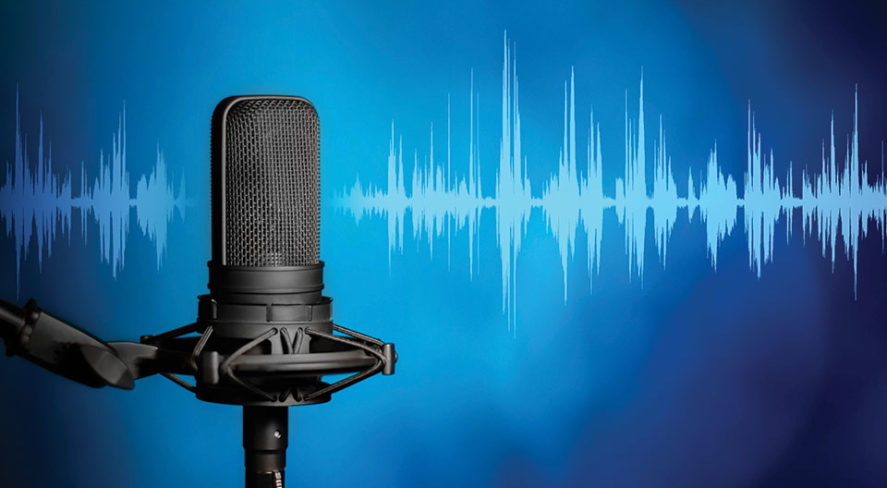Using Audio for Alarm Verification: Hearing Plus Seeing Increases Situational Awareness and Reduces False Alarms


Alarm-based security systems have a long history. The first systems proliferated after World War I, when an increase in property crime created a need for homeowners and businesses in the United States to find creative ways to protect their property. Around the same time, insurance companies began offering premium discounts to alarm subscribers, which drove popular demand.
One of the first approaches to residential security was a group of night watchmen called “door shakers” who were paid to shake subscribers’ doors each night to ensure they were locked. More advanced systems installed around the same time fixed electromagnetic contacts onto doors and windows, which were connected to a battery and bell and monitored by a central station that sent a guard to the residence when an alarm was triggered.
Today’s system designs are not very different. Using the same concept of electromagnetic contacts, modern systems, for residential and commercial customers alike, leverage technologies such as video monitoring, intruder alarms and access control to alert emergency responders of possible intruders. Though security technology has evolved over time, one shortcoming has not gone away: false alarms.
The Problem of False Alarms
The following statistics illustrate this shortcoming:
- Historically, more than 98% of alarm calls in the United States are false alarms, according to the International Association of Chiefs of Police (IACP).
- False alarms are most often caused by faulty equipment, human error, or inconsistent power supply, as well as pets, rodents, and insects, according to a study from the Cleveland County, Oklahoma, Sheriff’s Office.
- False alarms cost U.S. police departments an estimated $1.8 billion and 64,000 person-hours annually, according to research from the Center for Problem-Oriented Policing and Security Sales & Integration, respectively.
The reason for this sizable expense is that, typically, two patrol cars are dispatched to the scene of an alarm call, as all alarms are treated as high-priority events. These responses not only cost police departments, they also can generate fines that companies and residents must pay.
A solution that can mitigate false alarms will not only save first responders time and security system users money, it will also redirect resources to the alarm events that actually require attention.
The Importance of Alarm Verification
Though it may sound strange at first, the solution to false alarms is not the elimination of false positives. A false alarm trigger is the result of a highly sensitive security sensor doing its job, which is to detect any and every abnormality. The quality that differentiates an advanced security system from an inadequate one is the ability to discern between false and true alarms. The question is not how to prevent the causes of false alarms, but rather how to verify whether alarm activations signify a real breach.
Verifying alarm events using a second-source verification device before first responders are notified reduces the probability of false alarms drastically, preventing fines and saving resources. Any true alarm labeled as “verified” is also elevated to a higher priority level, increasing the likelihood of a timely and effective response.
A verified alarm event is defined as “an electronic security system event in which a trained central station operator, utilizing a standardized protocol, has determined the presence of human(s) and the high probability that a criminal offense is in progress,” according to the IACP.
For decades, video surveillance devices have been the primary choice for security monitoring and incident verification, but video feeds are only able to tell part of the story.
A Proven Solution
The problem with video-only security systems comes down to the limited scope of the alarm data they provide. It is one thing to watch an alarm event unfold; it is quite another to hear the words a perpetrator speaks while carrying out a crime. Significant evidence is collected when an audio component of a security system is engaged. Industry-leading audio monitoring technology, which is specially designed to act as a force multiplier when integrated into a security system, takes safety and security to the next level.
Incorporating audio monitoring technology into a security system helps first responders confirm whether an alarm event is true, reducing false alarms and ensuring police only respond to actual threats, saving alarm users thousands of dollars in fines. These devices also enable first responders to arrive on scene with significantly more information.
Upon receipt of an alarm from an audio system, monitors can listen to both live and recorded audio feeds, which allows them to better determine what happened and why. This also provides additional information regarding the event’s location and threat level, ensuring that first responders are able to deploy the best-informed mitigation efforts possible.
Additional Benefits of Incorporating Audio
Situational Awareness
Audio provides greater situational awareness for alarm events, capturing sounds – such as breaking glass, distressed voices, verbal directives, etc. – that give security managers a deeper, more robust view of an incident.
In the case of a school shooting, for example, a surveillance system with both video and audio capture would reveal where a suspect fled and the names or directives that were spoken while the event unfolded, all information that is critical to police response.
Real-Time Communication
Audio enables real-time, two-way communication, allowing remote operators to issue verbal warnings to the unauthorized personnel on the premises and dissuade them against unlawful activity.
Audio deployed in retail environments, for example, aids security officers in preventing employee theft, shoplifting, and organized retail crime, as posted audio security serves as a major deterrent. It can also be used as a training tool to coach employees on proper protocol and customer service.
Robust Threat Detection
Audio analytics enable threat detection by recognizing sounds such as gunshots then immediately notifying police, thus shortening response times, which can make the difference between stopping a crime in progress and arriving after the suspects have fled.
Best Practices
When integrating audio into existing surveillance systems, it is vital that systems integrators and end users consider the following factors:
- Define Audio Needs – First, assess the location’s specific needs to ensure that the best possible audio technology is selected, whether it is used for incident detection, alarm verification, two-way communication, mass notification, etc.
- Understand Federal and State Regulations – After installing microphones, post clear and visible signage at all points of entry that communicate that audio and video surveillance is taking place on the premises.
- Determine Line Level or Mic Level – When integrating audio devices into security surveillance systems, confirm that the microphone’s output level matches the camera’s input level.
- Consider Microphone Locations – When deciding where to install an audio device, consider entryways, reception areas, point-of-sale terminals, stairwells and parking lots – all spaces where people gather often and, thus, where audio is most effective.
- Select the Right Form Factor and Features – Once an installation location has been selected, evaluate whether a ceiling is standard height or high/vaulted. This will determine whether a standard microphone is needed or the deployment will require a device featuring a drop-down microphone cable.
- Define Power and Audio Playback Source – Because output microphones require power sources, consider using an audio base station, which powers audio devices and provides playback features to interface with other devices, such as cameras, video management systems (VMS), etc.
- Integrate with VMS – Ensure the VMS supports the type of audio functionality, such as bi-directional audio, that will be installed. Then tailor the audio settings within the VMS interface.
- Test the Solution – Once everything is set up, evaluate the audio pickup and make adjustments where needed.
At the end of the day, it is always better to design a surveillance system that is able to both see and hear events as they unfold. For complete situational awareness, business optimization, false alarm minimization and robust remote security, audio offers a highly effective solution.
Richard Brent (rbrent@louroe.com) is the CEO of Louroe Electronics (louroe.com).
